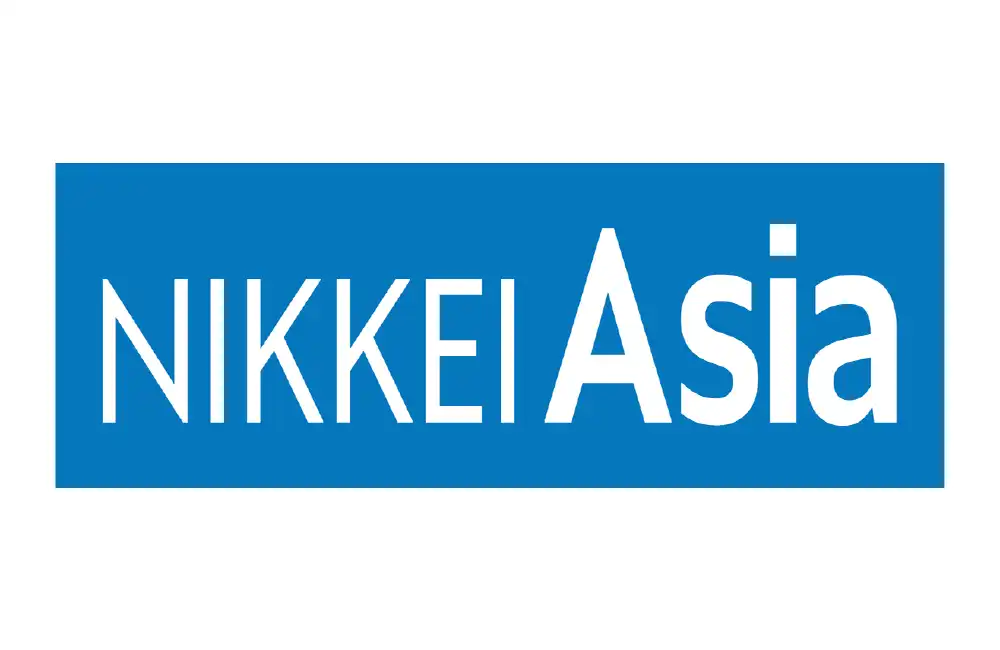The 10 years after the GFC ended up being a remarkably easy decade for investors. Sure, the end of the first decade of the 21st century was no barrel of laughs at the end, but if you didn’t cash up and head for the door, the decade that followed was easy. All you had to do was buy equities or bonds — preferably passively — and hang on for the ride. Global tech stocks led the charge , but perhaps it was just central banks steadily doling out medicine. In principle, the idea of QE and negative rates was (is still?), which was kind of hard to get one’s head around, in 2010. But what it opened the door to was a huge expansion of public-sector debt, and arguably a public backstop for private-sector risk. Weak companies continued living on, rescued by stock markets or debt for nothing. Recessions were a relic, and inflation a phrase you read in the history books.
At the Beginning of the Current Decade
It felt like something had to give. Nothing lasts forever, but it wasn’t at all clear what the catalyst would be. However, change came fast in 2022. The trigger was Russia’s unprecedented isolation from the world and the effects on oil prices and fears about wheat prices as Ukraine fights a war. Central banks are ideally suited to deal with financial crises, but not political ones, especially when government balance sheets are already frayed. Their scope for coping with inflation is limited by public debt levels unprecedented except in wartime.
As we are seeing in the UK, confronted with a slowdown or recession, many governments’ capacity to deploy Keynesian fiscal stimulus is deeply limited by the eyes of the bond market vigilantes, which are always watching. Central bankers have a high wire to walk instead of a one-way street, and the potential for policy missteps is greatly elevated.
“We are transitioning from a world of disinflation, ultra-easy monetary policy and fiscal coyness to one with two-way inflation risk, standard monetary policy and more recourse to fiscal tools.”
Traditional Portfolios & Active Management
So it should come as no great surprise that, in this context, the performance of a traditional 60/40 portfolio has been somewhat disappointing thus far this decade. It is very different, too, from the past decade. We illustrate this graphically below. This, we feel, illustrates quite how much different the last decade was.
We would argue that many of these investment lessons from decades gone by may have been forgotten (or never learned by investors with limited experience of post-GFC markets). In our opinion, the new era is probably going to be characterized as one in which active management is more rewarded, in a backdrop of weaker companies not surviving, but also the risk of policy missteps by central banks.
Alpha
Stock market returns have become increasingly concentrated in mega-cap US names with the rise of passive investing. This outperformance, along with a passive flow, is making a virtuous circle for these companies. The rest of the world has under-owned or out-of-favor companies that can generate good returns when the market winds change.
For example, one of the recent examples has been the outperformance of energy-related stocks. Well, contrarian managers had the last laugh across the land when oil prices soared in 2022 with P/Es at rock bottom from all the ESG hand-wringing. We can’t help thinking that under-owned sectors like mining must surely have their day in the sun as well, especially since commodities usually do well in high-inflation periods.
Sky-high rates equate to capacity constraints all over the economy, none more so than in capital-intensive industries like mining. The demands for commodities themselves are broadening out in a way, unlike China, which has been a monopsonist historically, as the world tries to transition its energy systems on a global basis. In comparison with the Magnificent Seven, the likes of BlackRock World Mining (BRWM) offer a very different and interesting source of returns.
Small-Cap Stocks
In other places, smaller companies have had a torrid time, lagging behind the world. With fears of recession swirling, perhaps it is understandable. Indebted smaller companies will be more modestly negatively affected by higher interest rates than their large-cap cousins with more complex balance sheets, according to a recent report from Goldman Sachs.
Yet there are well-run businesses, with strong balance sheets and prudent management, whose share prices have been forced down by small-cap inertia, outflows from funds in general, and in the UK—an apparent malaise towards anything quoted.
There is a batch of trusts with managers determined to hunt for diamonds in the rough, especially at the smallest end of the market capitalization spectrum. M&A activity appears to be on the move, at least in part of managers’ portfolios. The year to date has now seen three takeover bids within the Rockwood Strategic (RKW) portfolio, the latest being Onthemarket.com.
Diversifiers
The wide range of economic data we describe above may be a reflection of the highly unusual decade we have had since the GFC. With several economic eventualities appearing equally likely to pan out, diversification is the only means of safely steering their way forward in today’s glassy waters. And portfolios would benefit from adding the best, most diversifying assets, which tend to be uncorrelated.
Academic research demonstrates that simply adding a few uncorrelated strategies to a portfolio can significantly enhance risk/reward characteristics.
Hedge Funds & Alternative Strategies
Where to go in search of uncorrelated investments? Many alternative trusts are highly correlated with interest rates, as we outlined above. Not only are hedge funds—or alternative strategies specifically designed for uncorrelated returns—uncorrelated, but the evidence is that they will also benefit from rising interest rates.
At its core, hedge fund strategies are premised on alpha. As we mentioned above, the market uncertainty will likely lead to a relatively high dispersion of returns across asset classes too, providing a supportive environment for the generation of alpha.
The hedge fund world is also structurally aided by higher short-term interest rates as cash is invested with their active positions. In particular, this is more applicable for managed futures, macro, market neutral, and arbitrage approaches where margin trades dominate. As such, higher short-term interest rates assist hedge fund returns, besides the possibility of adding alpha as a result of greater dispersion desired and less capital lured into the markets.
Brevan Howard & Absolute Return Strategies
Time and again over the past decade, BHMG has demonstrated its merit as a portfolio diversifier, not to mention posting stellar absolute returns. This is a strategy of investing that does not need Brevan Howard to make better forecasts of the future than anyone else.
Instead, their positive risk-adjusted returns rely upon:
- The traders’ proficiency to assess and construct asymmetric trades
- The investment committee to allocate capital and optimize diversification
- The risk team to control drawdowns
Given that the global macro landscape is so uncertain, we think Brevan Howard is in a very good position to continue to provide attractive risk-adjusted returns from the Master Fund. Given the wide historical spread between NAV and share price, long-term investors may find these returns augmented by a tightening discount.
Ruffer Investment Company (RICA)
Absolute return strategies, like those at Ruffer, can also add diversification to portfolios. The Ruffer Investment Company (RICA) is a quoted vehicle that invests in the very flexible Ruffer investment strategy, which is designed to achieve a positive return in all market conditions.
The team’s central thesis remains that inflation will be higher on average and more volatile than markets increasingly expect, and that this is the dominant threat to the value of asset prices and investors’ capital in the coming years.
Although high and volatile inflation remains one of the key scenarios considered in terms of asset allocation, the portfolio has built up positions geared to perform across multiple other scenarios as well, not least over the shorter term.
We would maintain that RICA is designed to be sealed in to protect against such an environment imploding. But if the impending recession does begin to bite, RICA appears more likely to fulfill its customary function of a protective asset in a portfolio.





















